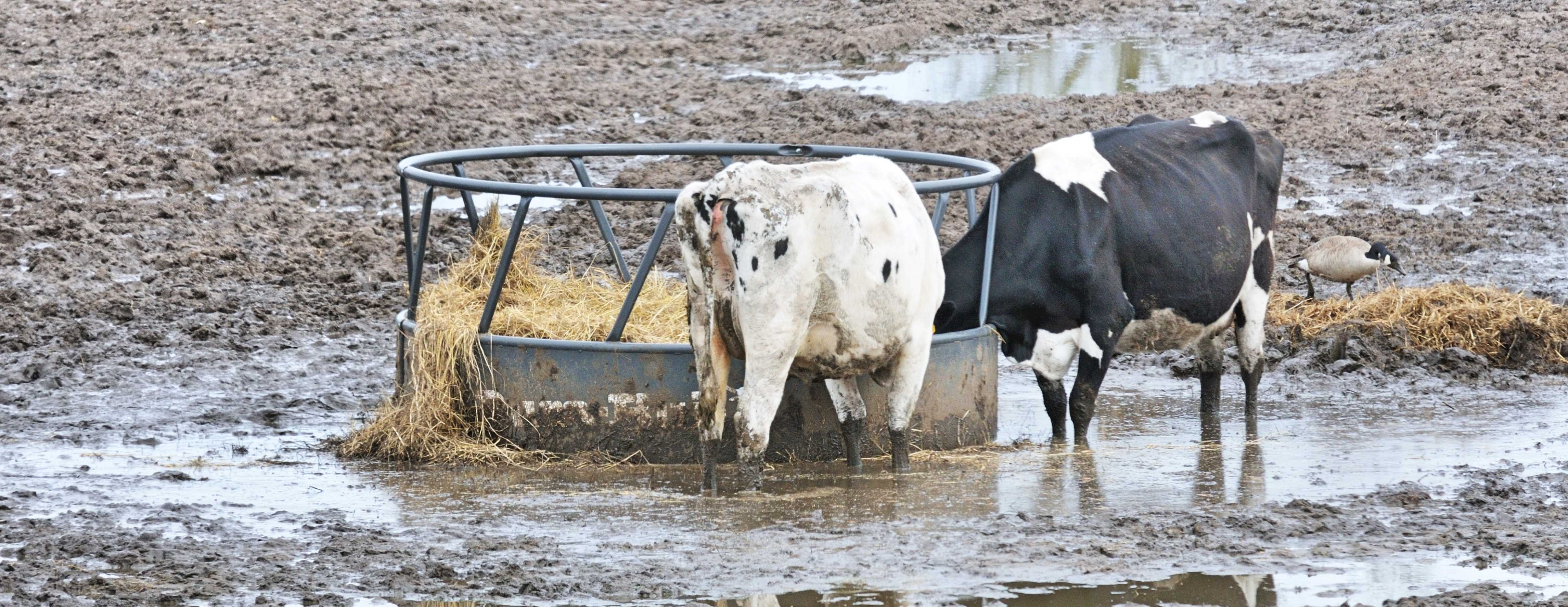Protect Your Cattle With Mud Management – Livestock for Sale

Mud creates a variety of problems in cattle. Newborn calves born in or near muddy areas can be chilled by it, trapped in it, or sickened by the pathogens in it. Most calves that die from the pathogens in mud haven’t had their colostrum yet nor have they developed any immunity. It’s imperative to closely monitor calving by routinely checking cattle and move cow-calf pairs to fresh pasture soon after calving. Mud on udders results in poor hygiene and mud on hooves can cause foot rot.
Mud creates suction on hooves and makes it more difficult for cattle to move around in a muddy area. It is no wonder that it becomes challenging to maintain good body condition on cows and desirable weight gains on calves when mud is all around. Some cattle can die from getting stuck and others from getting hypothermia. Protect your livestock for sale from the harms of mud by utilizing farm management techniques.
Managing the Mud
Although it may not be practical to totally eliminate mud on the farm, pastures, or feeding areas, cattle should be managed to minimize the negative impacts of mud on the herd.
Identify high traffic areas on the farm. High traffic areas are places that cattle or vehicles move on a common basis. In these areas, an option to help the mud would be feeding pads made of concrete.
Hay feeding is a common source of mud development. If one or only a few hay feeding locations are used throughout the entire winter feeding period, then mud can become severe in these locations. Alternately, regular movement of hay feeding locations around a large area may result in more widespread damage to pasture plant cover but less severe mud in any one location.
Provide and maintain watering sources that prevent and reduce water splashing onto the ground. Also, consider that water trough components exposed to where cattle can rub or bump against them may become dislodged or broken by cattle.
Mud is a product of spring and is tough to avoid. However, cautious management can make mud less harmful to production.
